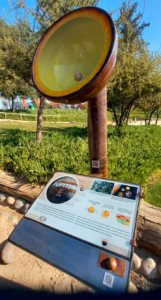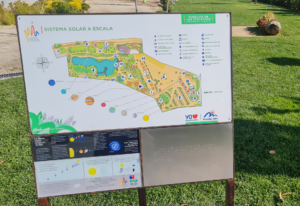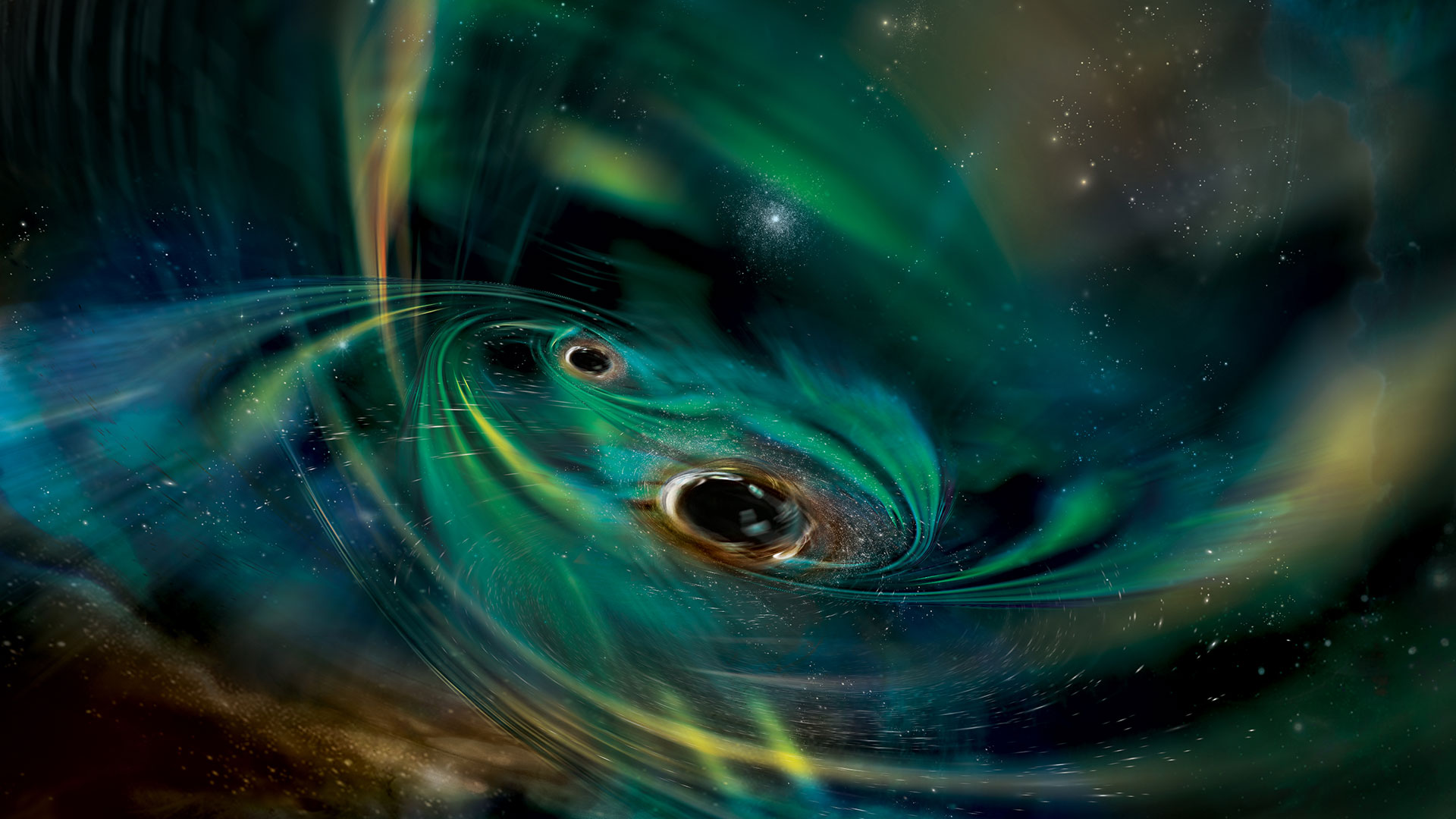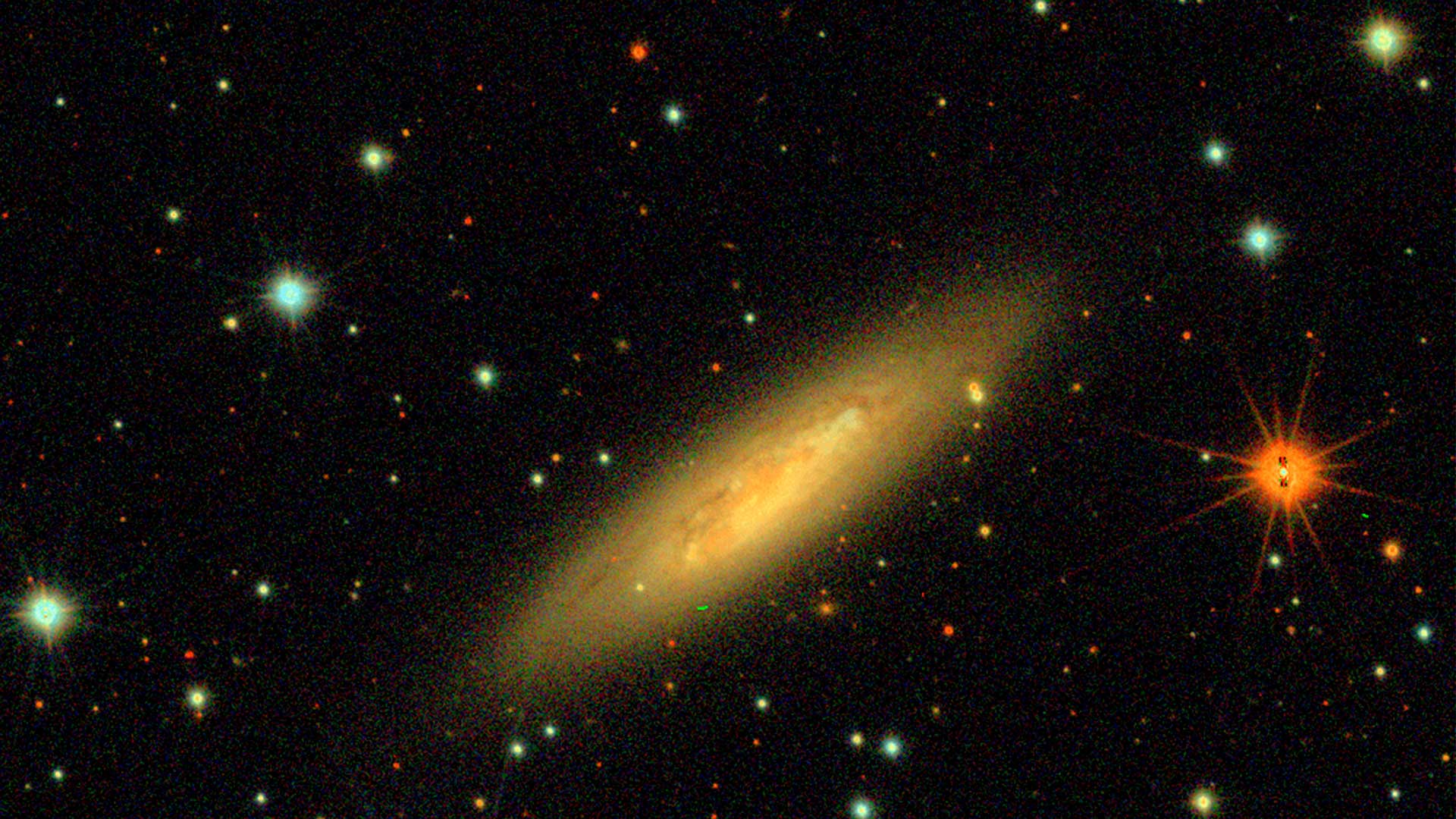
The Millennium Institute of Astrophysics MAS created the exhibition to familiarize people with the size of the universe, which is often unimaginable and abstract. Access is completely free at the municipal park Pueblito de Las Vizcachas.
If the Sun were 24 cm long, how long would the planets of the Solar System be? What would be the distance between them? These and other doubts are the ones that the permanent exhibition Scale Solar System Designed and installed by millennium institute of astrophysicssince July is available to be visited free of charge at the Pueblito de las Vizcachas in the district of Puente Alto.
Acostumbrados a pensar el Sistema Solar como un sistema perfecto, donde los planetas, aunque con distintos tamaños, están ordenados con la misma distancia entre ellos, la realidad no es así. «Todos tenemos en la cabeza algún dibujo del Sistema Solar que vimos en algún libro: con el Sol en el medio y los planetas orbitando alrededor. These drawings are correct, but they do not respect the scale, because if they did, the page of the book would be almost empty: con unos puntitos casi invisibles muy lejanos entre sí. Todos se sorprenderán con las dimensiones y distancias relativas de los planetas, y con varias de las curiosidades que pusimos, de forma lúdica, en los paneles explicativos. Esperamos que estas emociones sirvan para recordar la geografía de nuestro lugar en el cosmos», explica Manuela Zoccali, MAS researcher and project director.
 The exhibition, which has its first version at the San Joaquín campus of the Catholic University and is available for more than 20,000 students on campus and for guided tours for schools throughout the RM, simulates a scale of both size and distance over 800 meters in length. It is composed of 10 stationsThe Sun is 24 cm. and the 8 planets. On that scale Mercury, for example, is only 0.9 mm and the Earth 2.5 cm, and it is striking how far apart the gaseous planets are from each other and how much of a hike it takes to find them.
The exhibition, which has its first version at the San Joaquín campus of the Catholic University and is available for more than 20,000 students on campus and for guided tours for schools throughout the RM, simulates a scale of both size and distance over 800 meters in length. It is composed of 10 stationsThe Sun is 24 cm. and the 8 planets. On that scale Mercury, for example, is only 0.9 mm and the Earth 2.5 cm, and it is striking how far apart the gaseous planets are from each other and how much of a hike it takes to find them.
Each planet is made of ceramic with its corresponding size, inside a steel semicircle that simulates and recalls the size of the star throughout the tour, and that unlike the San Joaquin campus, has an oxide patina to adapt to the aesthetics of the park. It also has information panels, the height of which is based on the accessibility guide developed by MINVU. In addition, each panel has its transcript in braille language made by the Biblioteca Central de Ciegos and two QR codes: uno para obtener más información sobre el objeto que se observa y un segundo que lleva a la narración de toda la información, para que personas con ceguera o visión reducida también puedan acceder a ella.
 "Thanks to this collaboration, today we can have the solar system to scale, which will be of great importance for all the schools and institutions that visit the Pueblito de Las Vizcachas Park from all the districts of the Metropolitan Region. For us as a Corporation and for Puente Alto as a whole, it is extremely important to have this type of collaboration that brings culture closer to the community.”, señala José Miguel Arellano, director of Corporación Pueblito de Las Vizcachas.
"Thanks to this collaboration, today we can have the solar system to scale, which will be of great importance for all the schools and institutions that visit the Pueblito de Las Vizcachas Park from all the districts of the Metropolitan Region. For us as a Corporation and for Puente Alto as a whole, it is extremely important to have this type of collaboration that brings culture closer to the community.”, señala José Miguel Arellano, director of Corporación Pueblito de Las Vizcachas.
The exhibition can be visited from free form from Tuesday to Sunday from 10:00 am to 5:00 pm, on park operating days. It is not necessary to have a guide, as it is completely free of charge. self-explanatory, although the monitors at the venue were trained by MAS to answer questions about the exhibition.












